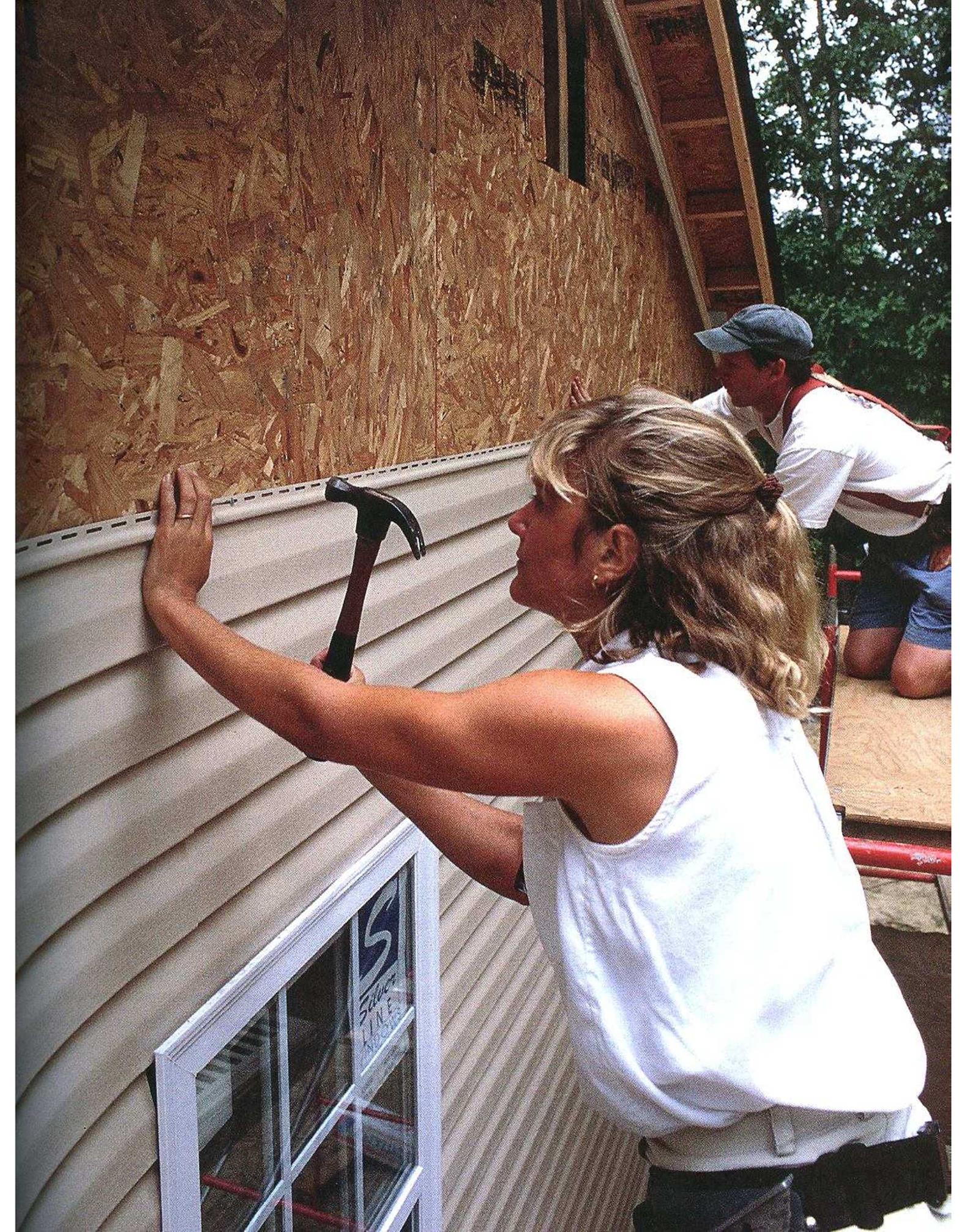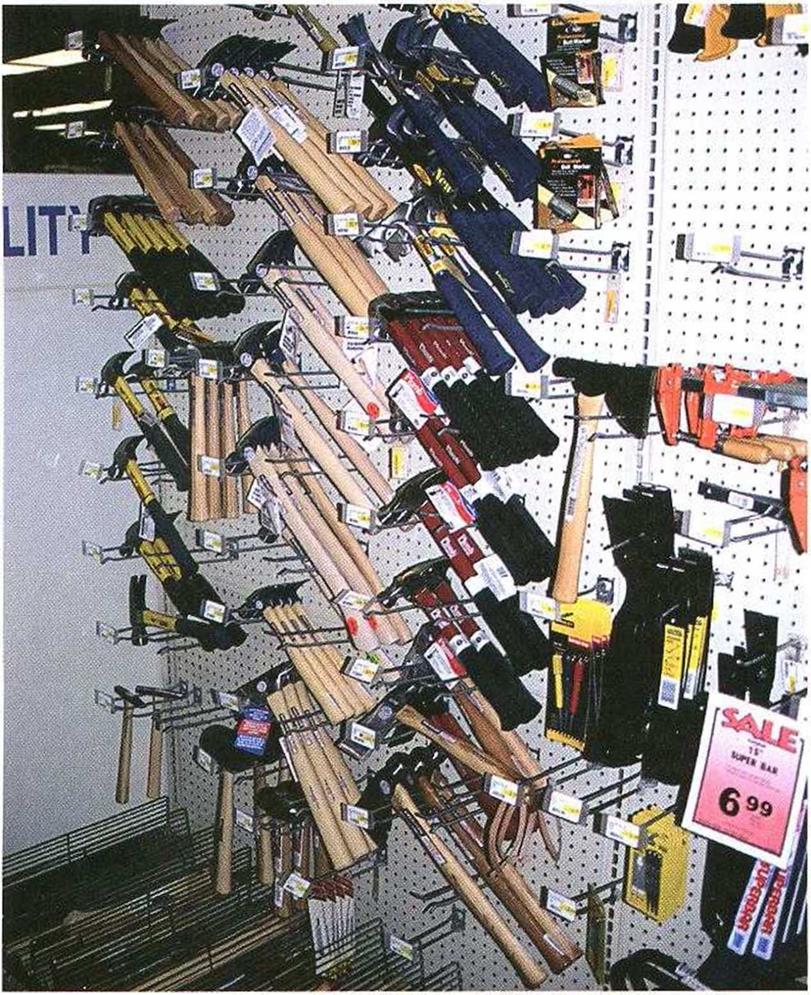The Parts of a House
THE CRAFT OF CARPENTRY HAS A LONG AND HONORABLE HERITAGE. Ages be Гоге we began recording our history, our ancestors were shaping and joining materials to create various types of shelters. Today, we are the fortunate inheritors of centuries of accumulated knowledge, experience, skills, and tools. Although carpentry continues to be transformed by technology (from computer-aided design programs to cordless tools and pneumatic nailers), many basic tools and techniques remain unchanged.
It still takes a human hand wrapped around a hammer handle to build a decent place to live.
Like basic carpentry tools, many parts of the house have stayed the same over the years. Technology has improved some of the parts, as well as created new ones. But the house is still the same basic structure it always was. Before you start building a house, it’s essential to learn the common language spoken on construction sites and in home centers, lumberyards, and building-supply stores.
When 1 started working as a carpenter in the late ’40s, almost every task was done with hand tools. I remember spending hours cutting a pile of 2x4s to length with a crosscut saw. Floors were sheathed with 1x6s, both ends of which had to be cut at 45-degree angles. Cutting all the pieces of a house by hand was a big job, to say the least. In 1950, when I bought my first circular saw, my world as a carpenter changed forever.
|
|



But what began as a boon (the proliferation of new and better tools) has over the years also become downright bewildering. These da vs, the number of tools on the market can make buying tools a difficult task. Each time 1 walk into a tool center or receive a tool catalog in the mail, 1 am amazed by the dizzying array of carpentry tools offered for sale. When there are 50 different models, even buying something as basic as a hammer can be frustrating.






Leave a reply